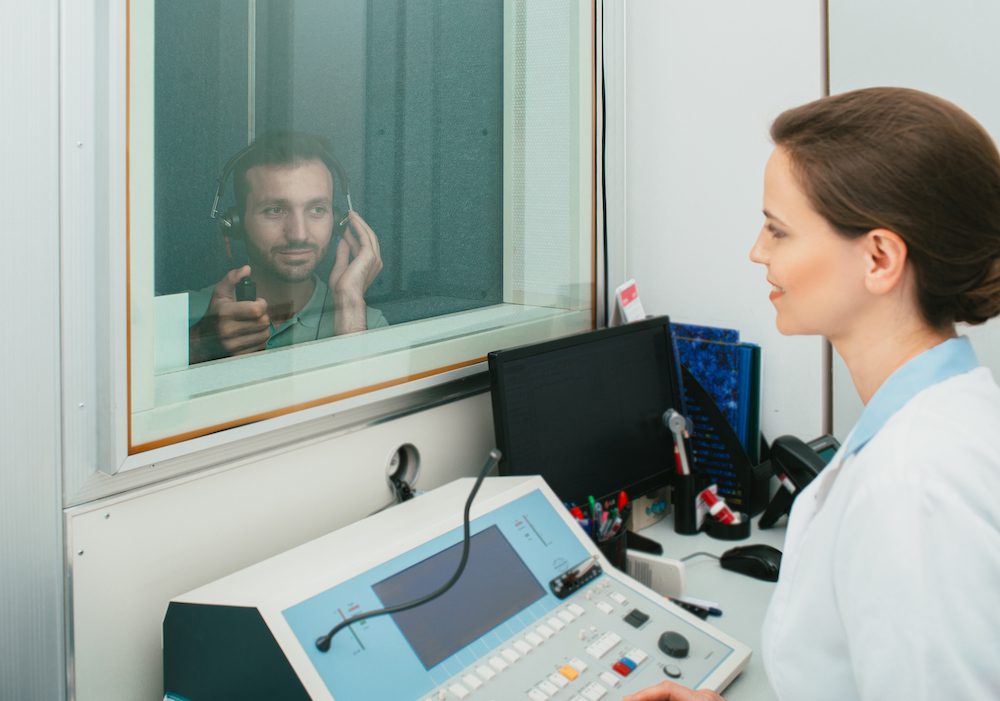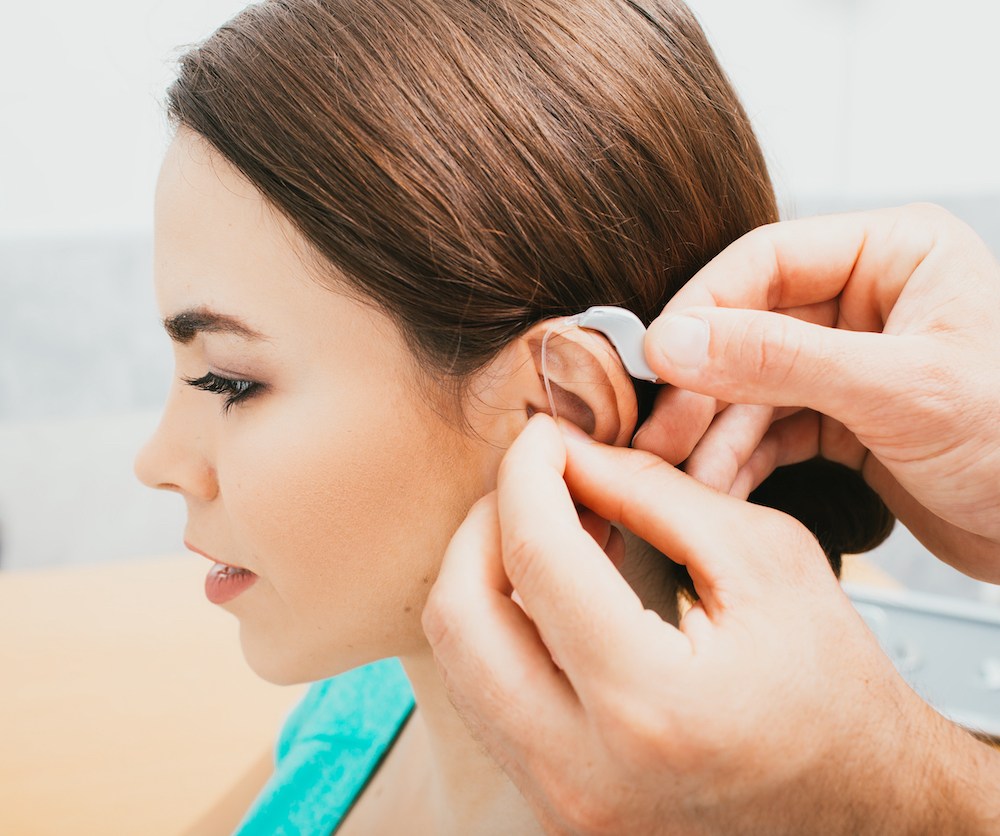Common Hearing Aid Issues and DIY Fixes
Hearing aids are more powerful than ever, and these small but essential


Hearing aids are more powerful than ever, and these small but essential

Life can get pretty hectic at times, and using your hearing aids needs to

Preserving your hearing in the workplace is often difficult, especially